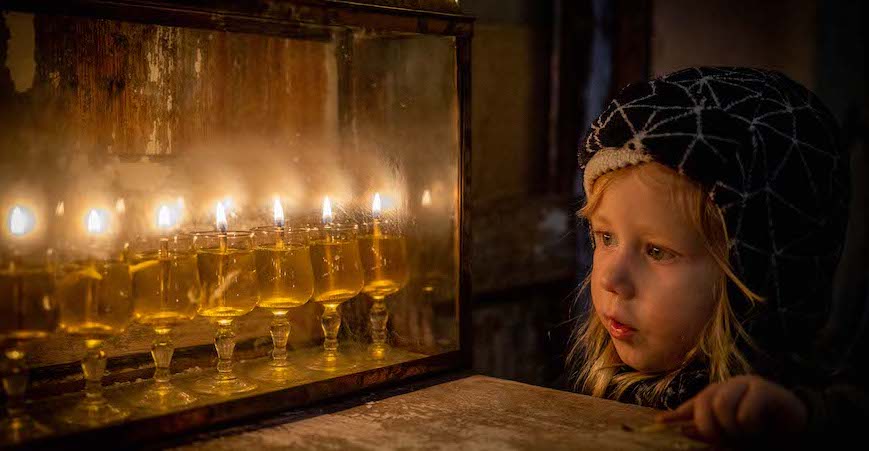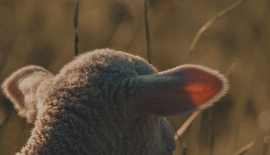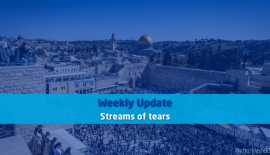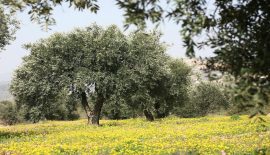Hanukkiah – Signs of the Faith
In this series, ‘Signs of the Faith’, objects, procedures and concepts that express Jewish faith are explained and discussed.
A hanukkiah is a menorah, a candlestick, with nine arms. You are probably familiar with it. It is used at the Hanukkah festival. Actually, it is more accurate to say that it has eight lamps and a ninth loose lamp with which to light the others. This loose lamp is called the shammash, the ‘servant’.
The Hanukkah festival celebrates the victory of the Jews over Greek oppression in 165 BC. The Greek king Antiochus Epiphanes IV had desecrated the temple. The Jews had rebelled under the leadership of the Maccabees, a priestly family, and succeeded in driving out the Greeks. The temple was cleansed, and the altar was rededicated. The feast of rededication lasted eight days, like the feast of the dedication of Solomon’s temple (1 Kings 8). The temple was festively illuminated, as it was during the Feast of Tabernacles. The hanukkiah recalls that festively lit temple. Its history can be read in the books of the Maccabees.
The Talmud records that the amount of consecrated oil available for the ner tamid, the lamp that always burns in the temple, was only just enough for one day. A great miracle happened there: for eight days, the menorah burned on that small amount of oil. Hence the feast is also called the ‘Feast of Lights’. It is celebrated today by lighting one candle or lamp on the first night of Hanukkah, two on the second, and so on until all the candles are lit on the eighth night.
Hanukkah begins on 25 Kislew. Kislew is the winter month of the Jewish calendar. This year, Hanukkah is from December 7 to December 15.
Two basic rules apply to the hanukkiah: the lights must be in a straight line and the same height. Other than that, artists and designers can take all the liberty to make something beautiful out of it, and they do.
Oil is a central element in the story. Therefore, it is best if the lights are lit on olive oil. But candles are good too. Lighting is done under the pronouncement of the accompanying blessing, after which the Hanukkah song Maoz Tsur is sung.






